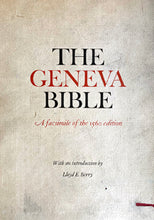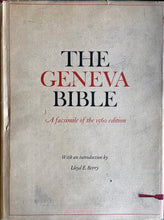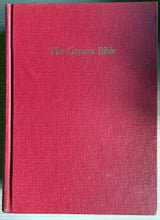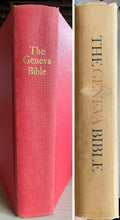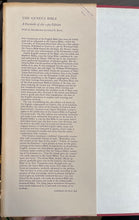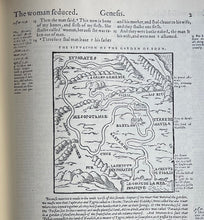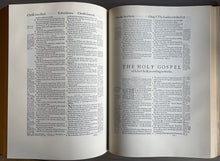
- Introduction by Lloyd E. Berry
- Published in 1969 by The University of Wisconsin Press
- Printed in the United States by The Meriden Gravure Co.
- SBN 299-05251-6
- Boards covered in red cloth
- Original unclipped dust jacket
- The overall quality of this copy is very good. The pages are crisp and clean, without marks, tears, or folds. The binding is tight. The cover has only minimal shelf-wear to its top and bottom edges. Only the dust jacket shows its age. Crushed slightly in the center, the spine of the dust jacket is tanned from light exposure. There is a 1 in tear at the top of the jacket where the front cover meets the spine, a half inch tear at the center of the front spinal fold, and a larger, 1.5 in tear at the bottom of the jacket where it bends around the cover. Tape has been applied to the underside of the tears to prevent them from growing. The front and back of the jacket are scuffed and discolored, most likely from repeated contact and friction with other books.
From the jacket:
“Few translations of the English Bible have been as widely read and as influential as the Geneva Bible”... which “shaped the theology, the literary expression, and the very consciousness of the Elizabethan world [...] It was translated “for the space of two years and more, day and night” by William Whittingham, Anthony Gilbey, and others whom the accession of Mary Tudor had forced into exile at Geneva, then at the height of its ascendancy over the Protestant world. John Knox was there preaching to the English congregation, Calvin was there writing commentaries, and Theodore Beza, one of the most prominent Biblical scholars of the day, was there studying the Greek text [...] The first edition was extremely handsome [...] it was the first Bible to use roman rather than black-letter type, the first to use verse divisions, and the first to use italic type for words not found in the original sources; it included helpful tables, maps, and woodcuts and was composed in quarto, which made it more convenient to handle and carry than the earlier cumbersome folio versions. The Geneva translators combined impeccable scholarship with remarkable felicity of style. [...] The King James translators themselves were much influenced by it and took over many of its readings. [...] The influence of the Geneva Bible is evident in the language of the greatest writers of its time. Unquestionably, it was the version Shakespeare used. From Falstaff’s comically pious catechizing of Prince Hal to King Lear’s dark and thundering lamentations on the frailty of human life, the phrasing of the Geneva Bible can be heard. Language peculiar to the Geneva Bible echoes throughout the plays and attests to Shakespeare’s intimate knowledge not only of the Genevan Scriptures but of the notes as well. The Geneva Bible was also known and used by the two great Puritan writers of the next century—John Bunyan and John Milton.”







